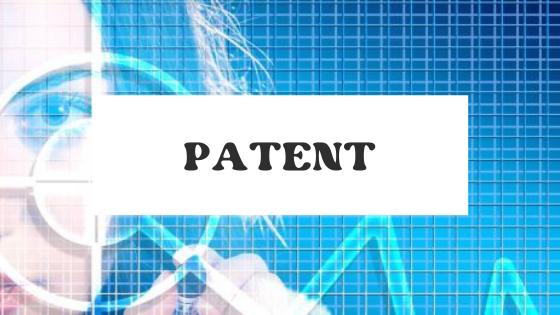The benefits of a priority patent filing only arise in respect of the first filing of an application describing specific features in respect of an invention. This is a stipulation in the Paris Convention which has been adopted as part of the Canadian patent law.
Consequently, US attorneys who proceed by first filing a US provisional application, followed by a US non-provisional application a year later, but without filing an application in Canada within the priority year are exposed to the following limitations under Canadian patent law.
Canada does have a one-year grace period that shelters an application from self-originating public disclosures in the previous year. This partial one-year grace period extends back from the actual Canadian filing date. It does not extend back from the priority date associated with an application. Therefore, if a client, after making an initial US provisional application, decides to publicly disclose their invention, then this sets a one-year deadline from the date of first disclosure for the filing of a patent application in Canada.
This means that, in a case where a decision is made belatedly, after the priority year, to file an application in Canada, such an application can successfully be made only so long as it is filed within one year from the first occasion when the applicant, or someone deriving information from the applicant (or the applicant’s predecessor), has made the invention available to the public as explained on how do you patent an idea with InventHelp article.
However, if a third party makes a disclosure of the invention before the Canadian application is filed, such disclosure may terminate the opportunity to obtain a patent in Canada, depending on whether valid priority rights can be established.

The Canadian grace period does not shelter an applicant against disclosures by third parties. Canada is a first-to-file, absolute novelty country with respect to disclosures made by third parties. Accordingly, it is important to preserve the priority right by filing in Canada within the priority year. A properly establish priority right shelters a Canadian application against subsequent public disclosures made by third parties.
A trap exists, however, for US attorneys who, having gone beyond the priority year without filing an application in Canada, if they assume that they can claim priority benefits in Canada from a US non-provisional filing that has been preceded by a provisional US filing. Priority rights in Canada, as in most countries around the world, are only available in respect of subject matter disclosed in the first patent application containing a disclosure of such subject matter. If a US non-provisional filing were to duplicate a US provisional filing, no priority benefits could be claimed from the US non-provisional filing.
If the non-provisional US filing contains new matter, then priority rights will arise with respect to such new matter. But with respect to original matter included in an application filed more than a year previously, the priority right is lost in cases where a Canadian application was not filed within the priority year. The “priority year” is only the year extending from the first application filed in respect of such subject matter. For further reading please take a look at how to patent something with InventHelp.
In conclusion, where a belated filing is to be made in Canada beyond the end of the priority year, US attorneys should treat Canada as an absolute novelty, first-to-file country. A US non-provisional application should not be assumed to generate a fresh priority date.









